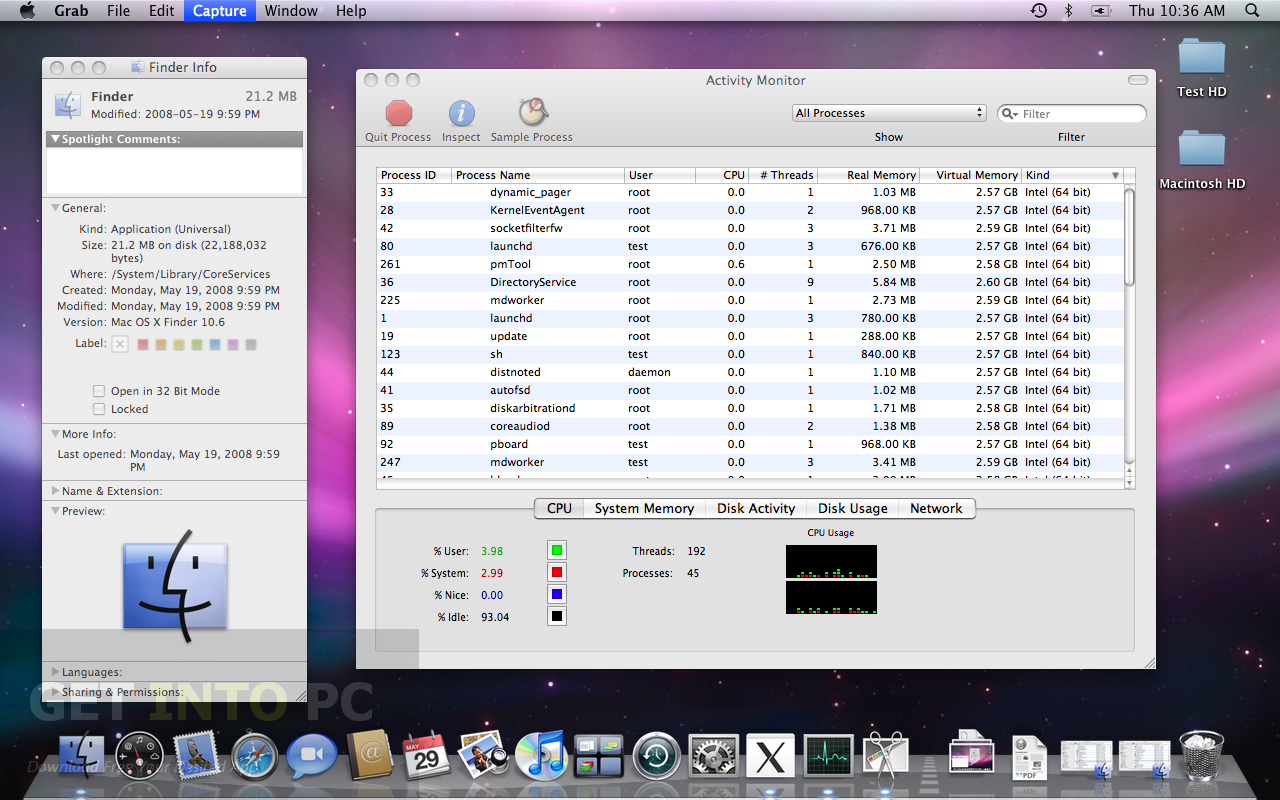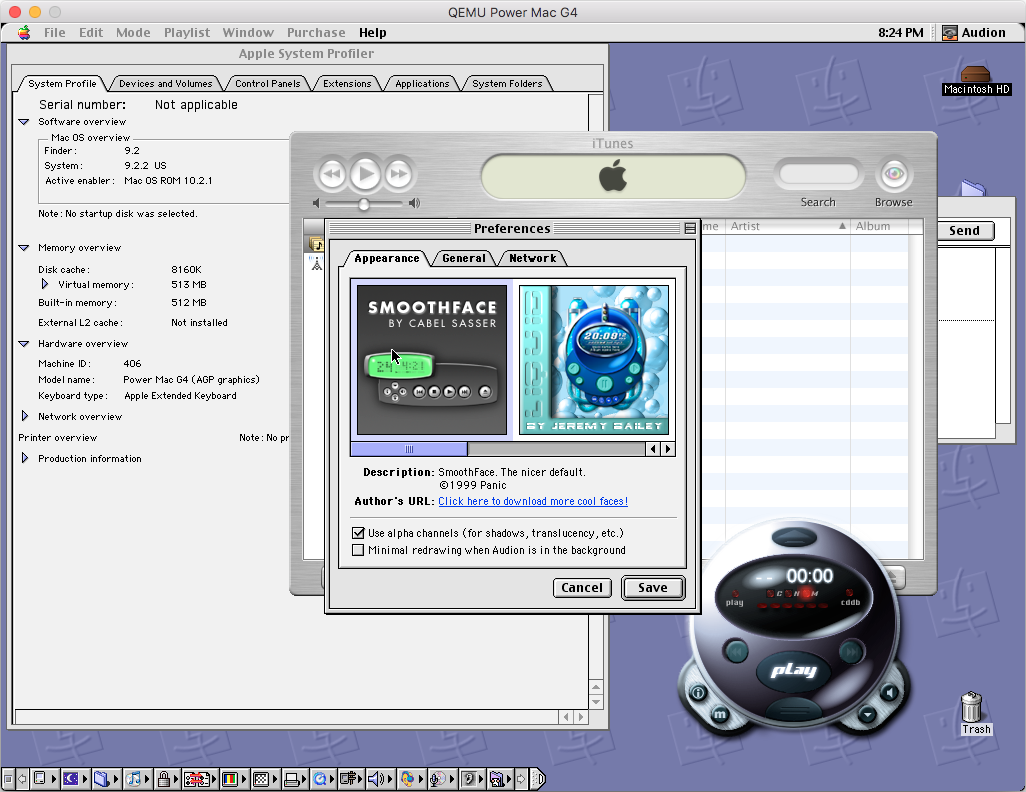
Here is a short guide on how to build QEMU to run Mac OS 9 with working audio. These instructions work for MacOS High Sierra as the host OS, although with some tweaking they may run under Linux/Windows. You should be comfortable compiling software from source before attempting.
Clone QEMU fork
Global Nav Open Menu Global Nav Close Menu; Apple; Shopping Bag +. QEMU is a generic and open source machine emulator and virtualizer.
QEMU is a generic and open source machine emulator and virtualizer. This software is no longer maintained. A newer version for MacOS only is available at An automated Raspberry Pi emulator for Mac OS X, Ubuntu, as a well as a few other Linux distributions. This is aimed at simplicity; the disk images are not bundled with, and will be downloaded automatically upon launch. Description Mac OS 9 requires at least a PowerPC G3 and can only be used on a PowerPC architecture. However, using QEMU, running it as a Virtual Machine is. Set up this QEMU distribution in OSX 10.10.5 for installing Mac OS X 10.3. I used Disk Utility in OSX to create disk images from the three Mac OS X 10.3 install disks in DVD/CD Master (.cdr) format. I used qemu-img to create a 6G raw disk image for the installation target volume. First installer image is named '10.3InstallDisc1.cdr'. Qemu by Fabrice Bellard is a virtual machine emulator that allows you to install and load various operating systems. Unfortunately, there is no version of Qemu for Mac, but there are alternatives available for Mac that can be used instead. The following list contains the most effective alternatives to Qemu for Mac.
Adapted from instructions from Cat_7
You may need to install XCode and/or the XCode command line tools. If you do not have them, then this process may prompt you to install them (MacOS will do that).
Start by cloning the fork of QEMU with experimental audio support:
Then configure the source to use MacOS CoreAudio. I have also enabled LibUSB, KVM, HyperVirtualization Framework, and the Cocoa UI. In this case I am only compiling the emulator for PPC (32-bit).

Then compile:
This will create a binary in qemu-screamer/ppc-softmmu/qemu-system-ppc that we can use.
Create HD for Mac OS 9
We will need to have a hard drive image for our emulated system. I made mine 5 GB in size, which is plenty for Mac OS 9.
In our qemu-screamer directory, we will use qemu-img to create the disk image.
Get a Mac OS 9 Installer
If you have an ISO of a Mac OS 9 install disc (a Mac OS X classic install disc won't work), then you can use that in the next step. If you don't have one, you can download one from Mac OS 9 Lives: Mac OS 9.2.2 Universal Install.
Install Mac OS 9
This won't install quite like Mac OS 9 did, but instead use Apple System Restore to restore an image onto the hard drive.
Start up QEMU with the following options:
Qemu Img Mac Os X Download For Mac
A breakdown of that command:
-L qemu-screamer/pc-biossets the BIOS. May not actually need this.-cpu 'g4'emulate a G4 CPU-M mac99,via=pmuwill define the Mac model and enable USB support-m 512use 512 MB of RAM, could go lower probably-hda macos92.imguse our generated disk image for the hard drive-cdrom '~/Downloads/Mac OS 9.2.2 Universal Install.iso'use the ISO for the cdrom-boot dboot from the disk drive-g 1024x768x32default to 1024x768 resolution and 32 bit colour
Once it starts up, you will be able to run Disk Initializer to format your hard drive image. Go ahead and do that, using Mac OS HFS Extended as the file system. One partition is good.
Qemu Mac Os 8
After initializing the disk, run Apple System Restore with the Mac OS 9 lives disk image as the source and your disk as the destination. This will take a minute to restore. Once done, shut down the emulated system.

Boot Mac OS 9
Qemu Os X
Similar to the last command, except we start up from the disk we created.
It should boot up and you will have a running Mac OS 9 with audio!
Mac Os X El Capitan Download
Tips
When the emulator is shut down, just make a copy of the hard disk image to create a backup. If something breaks your Mac OS 9 installation then you can restore the file.
You can dynamically attach CDs/DVDs to the emulated system by going to the menu bar on your host system for the QEMU application and selecting the option to attach to the CD IDE drive. It will open a dialog letting you select your ISO.